IKEA is selling a sofa for £50 in its Black Friday sale – the deals are so good I almost gatekept it
You don’t want to miss this!
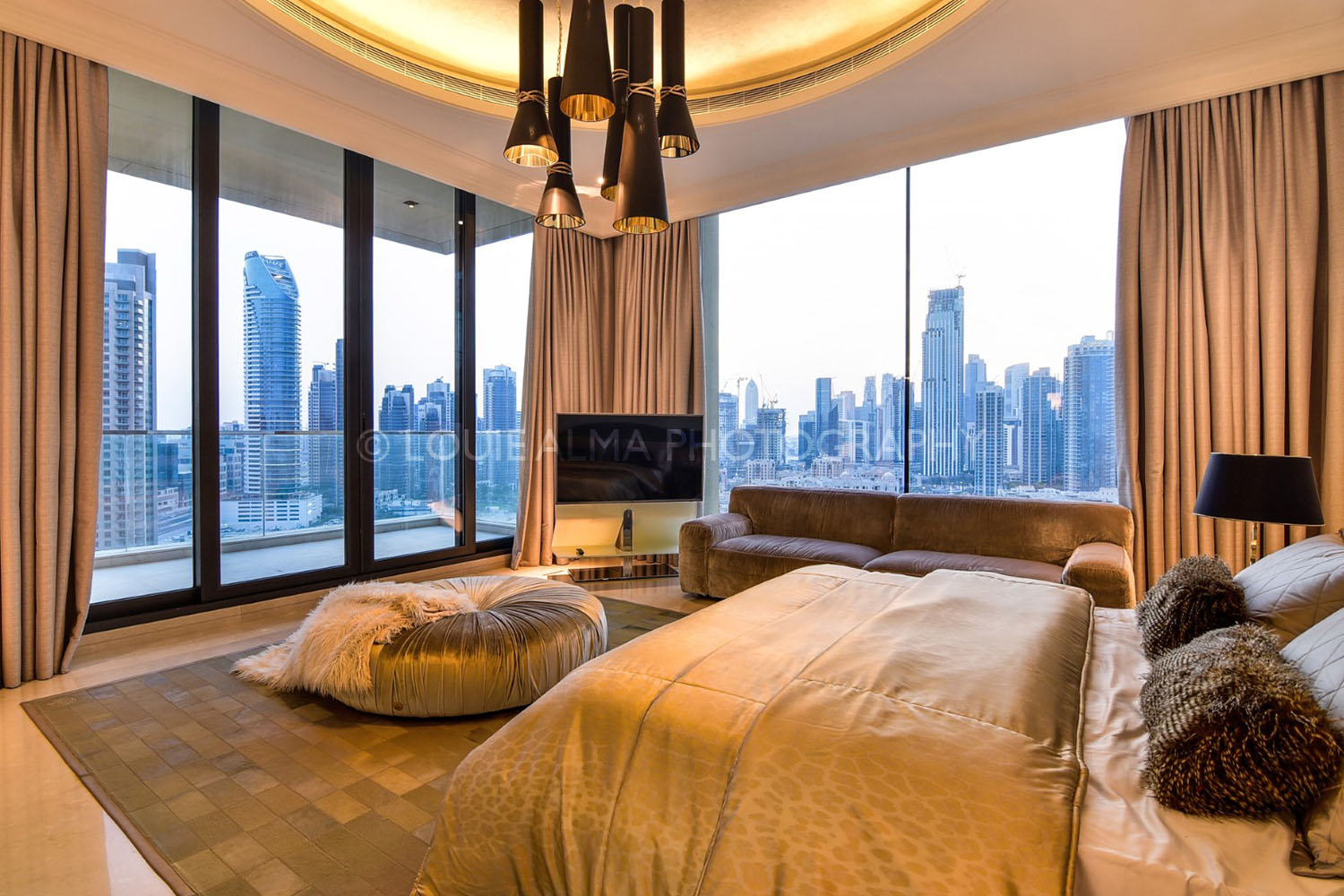
REAL ESTATE
Residential, Commercial, Interiors
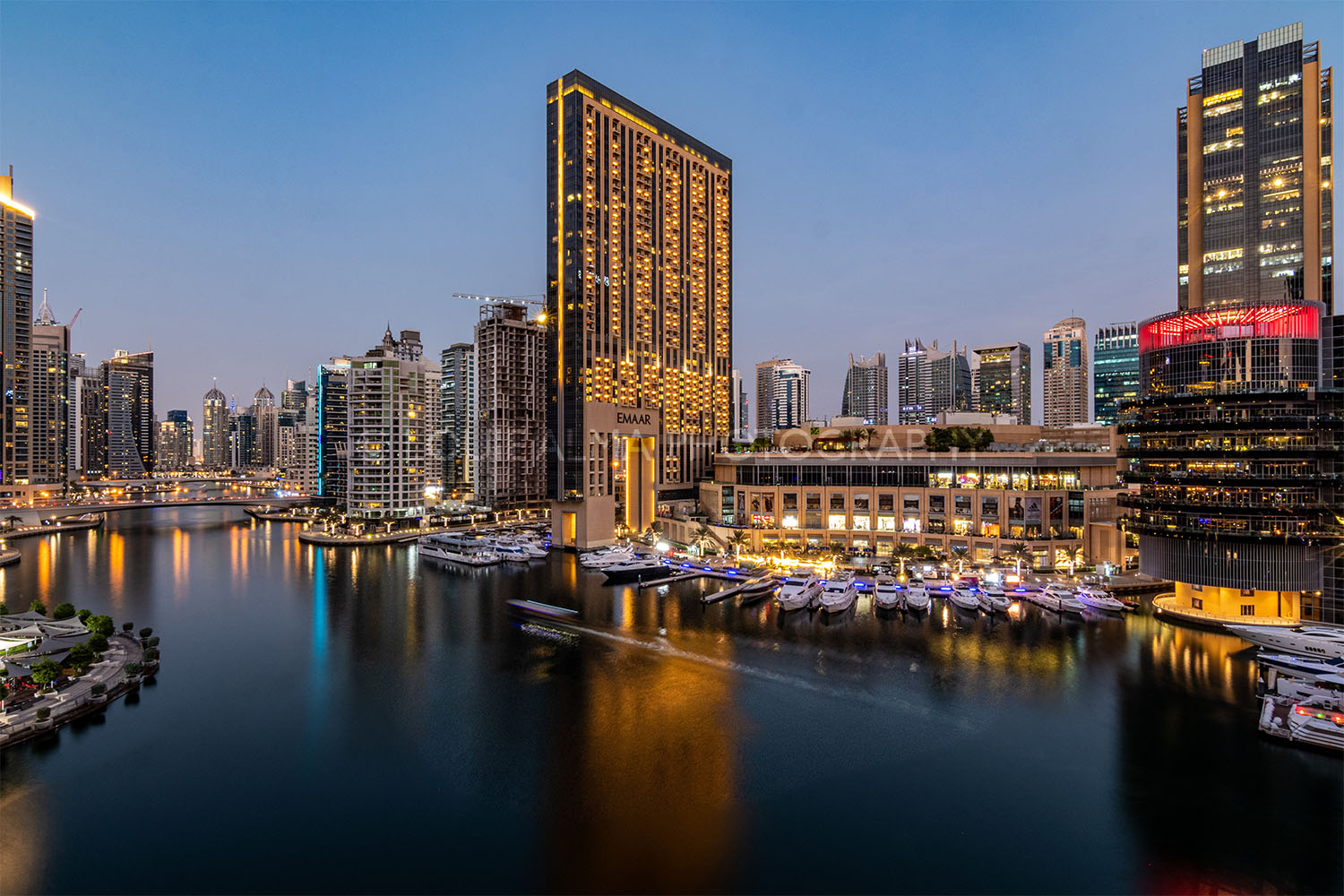
LANDSCAPE
Landmarks, Cityscape, Urban, Architectural

FOOD
Hotels, Restaurants, Advertising, Editorial
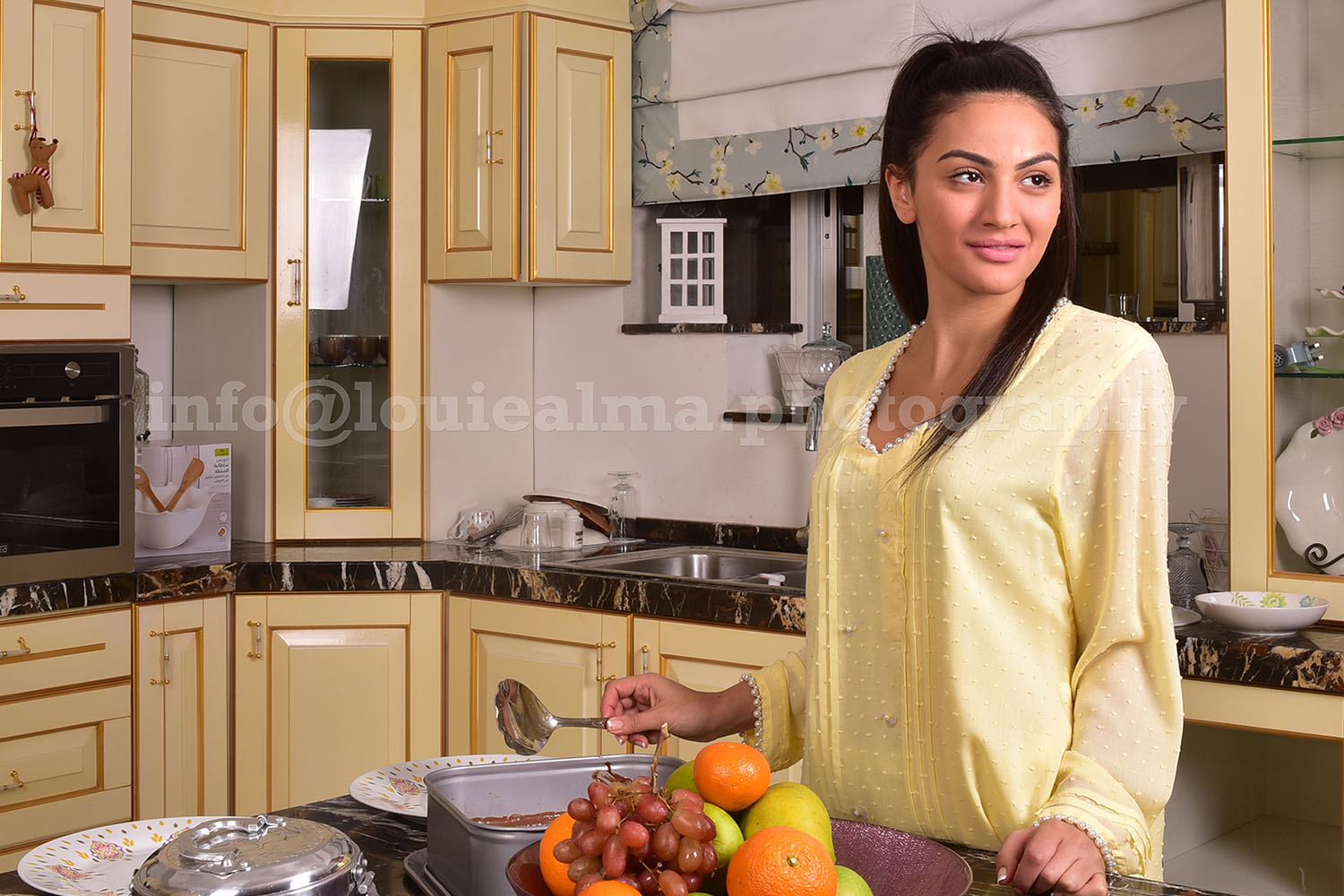
PORTRAIT
Traditional, Glamour, Lifestyle, Candid
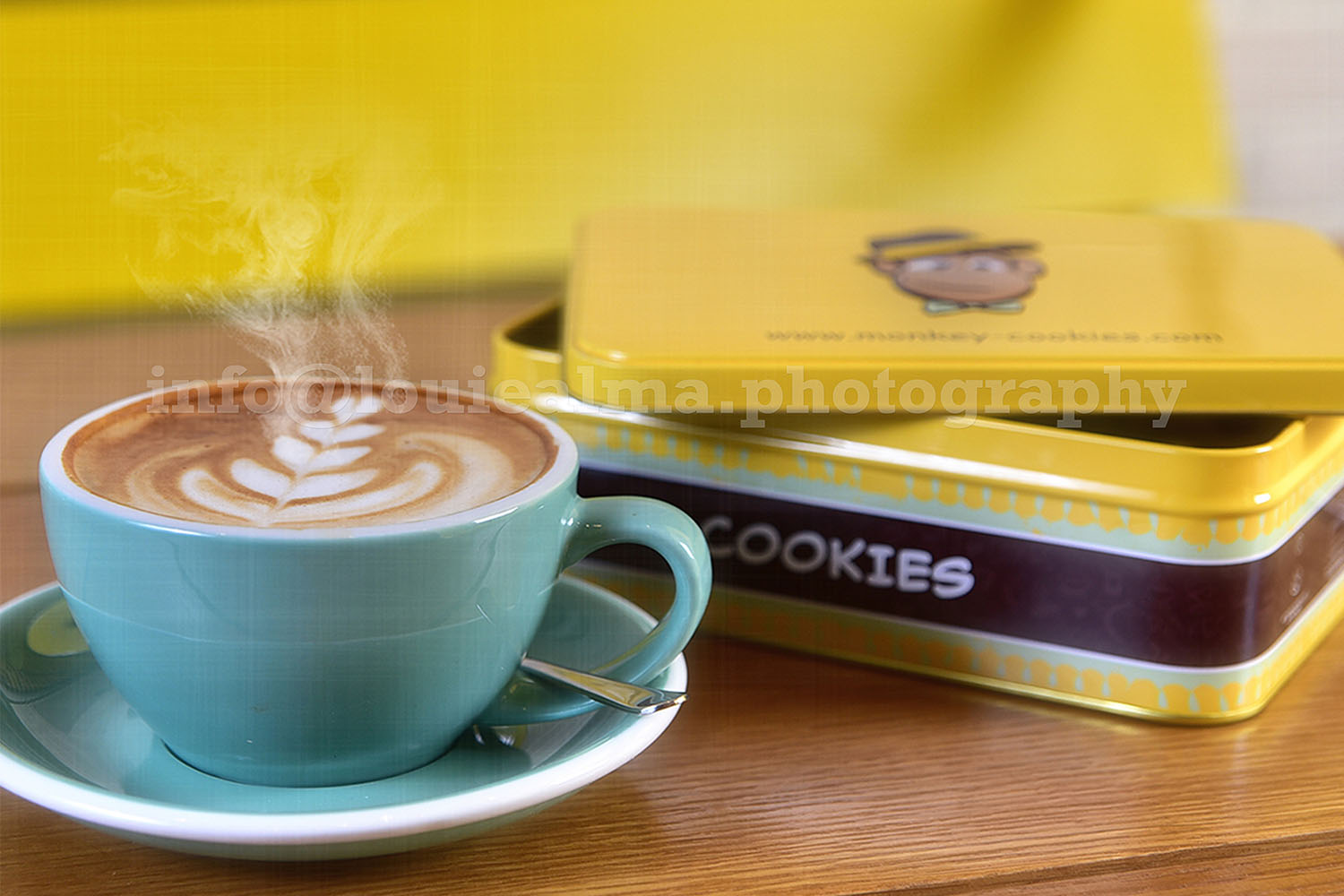
PRODUCT
Studio, Lifestyle, Grouping

EVENT
Conference, Exhibition, Corporate
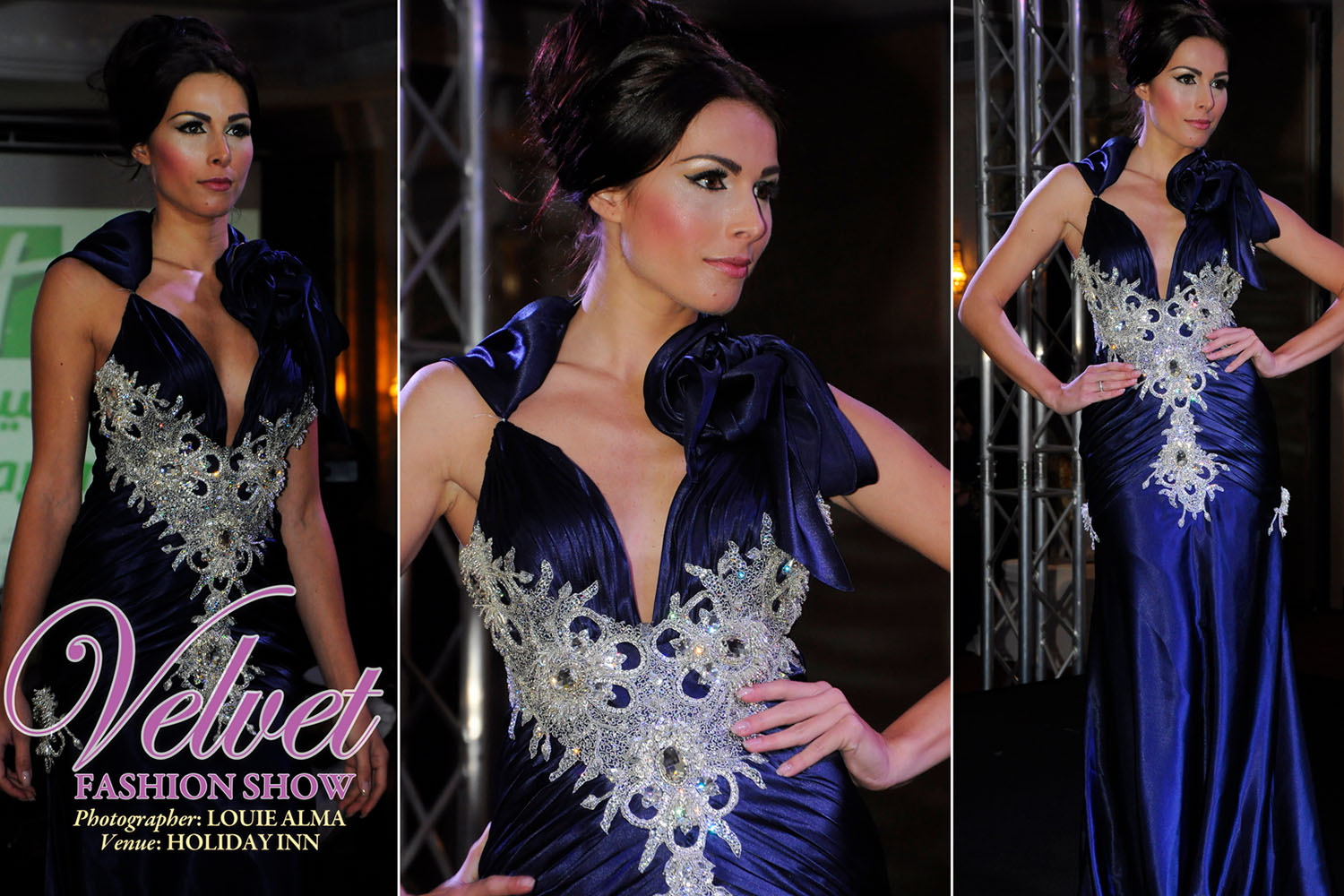
FASHION
Portrait, Catalog, Editorial, Street
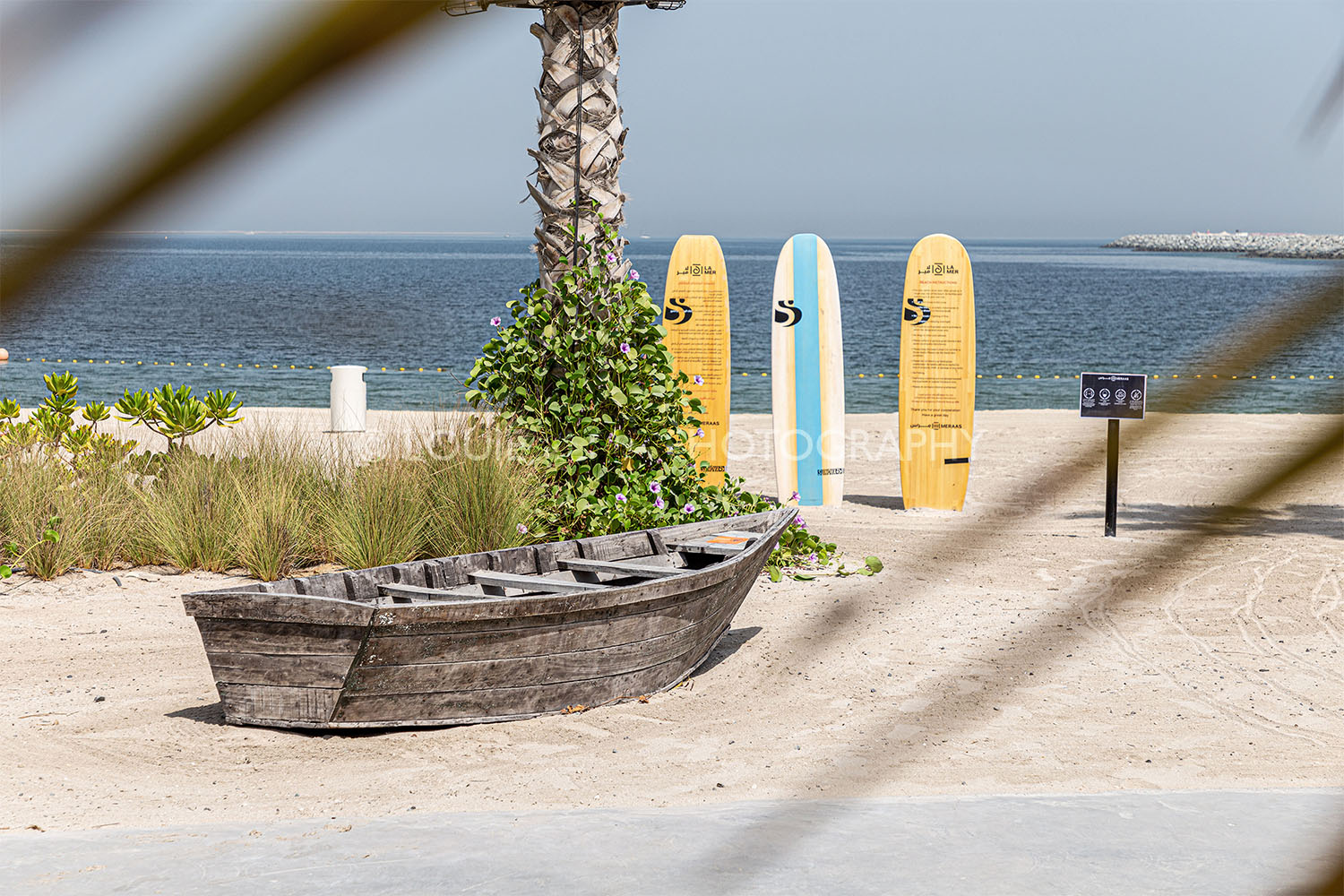
TRAVEL
Landscape, Cityscape, Documentary
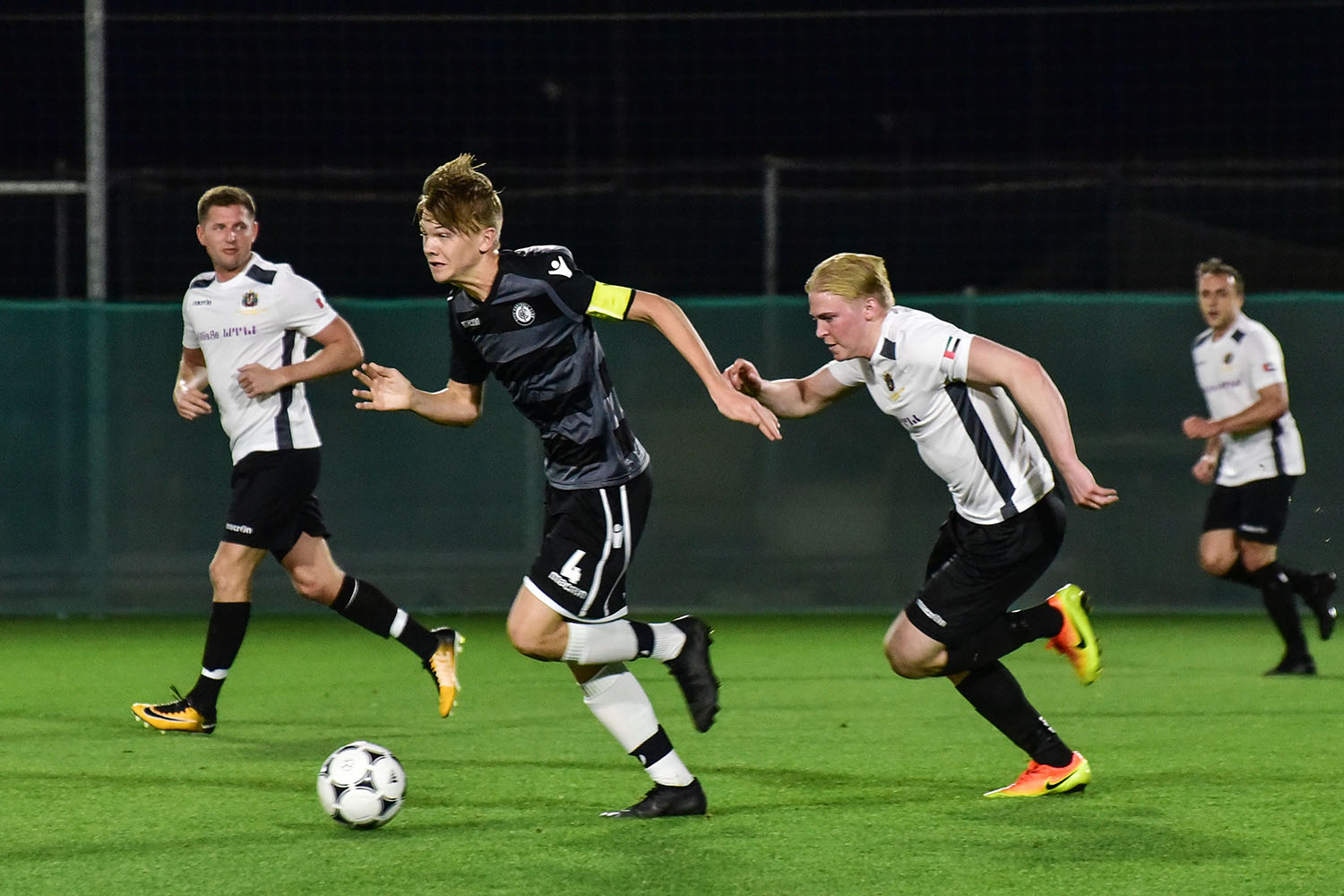
SPORT
Basketball, Football, Golf
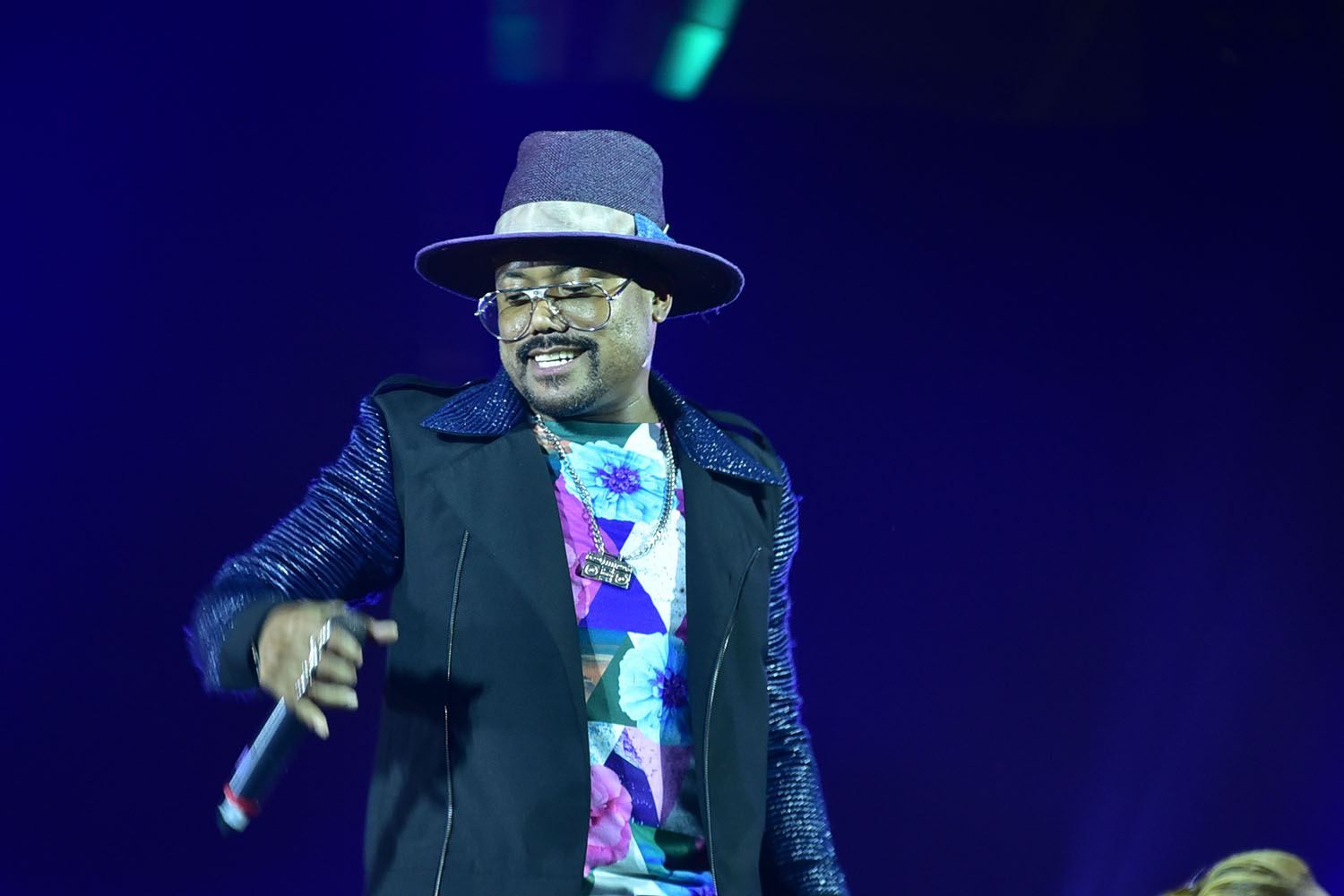
CONCERT

STILL
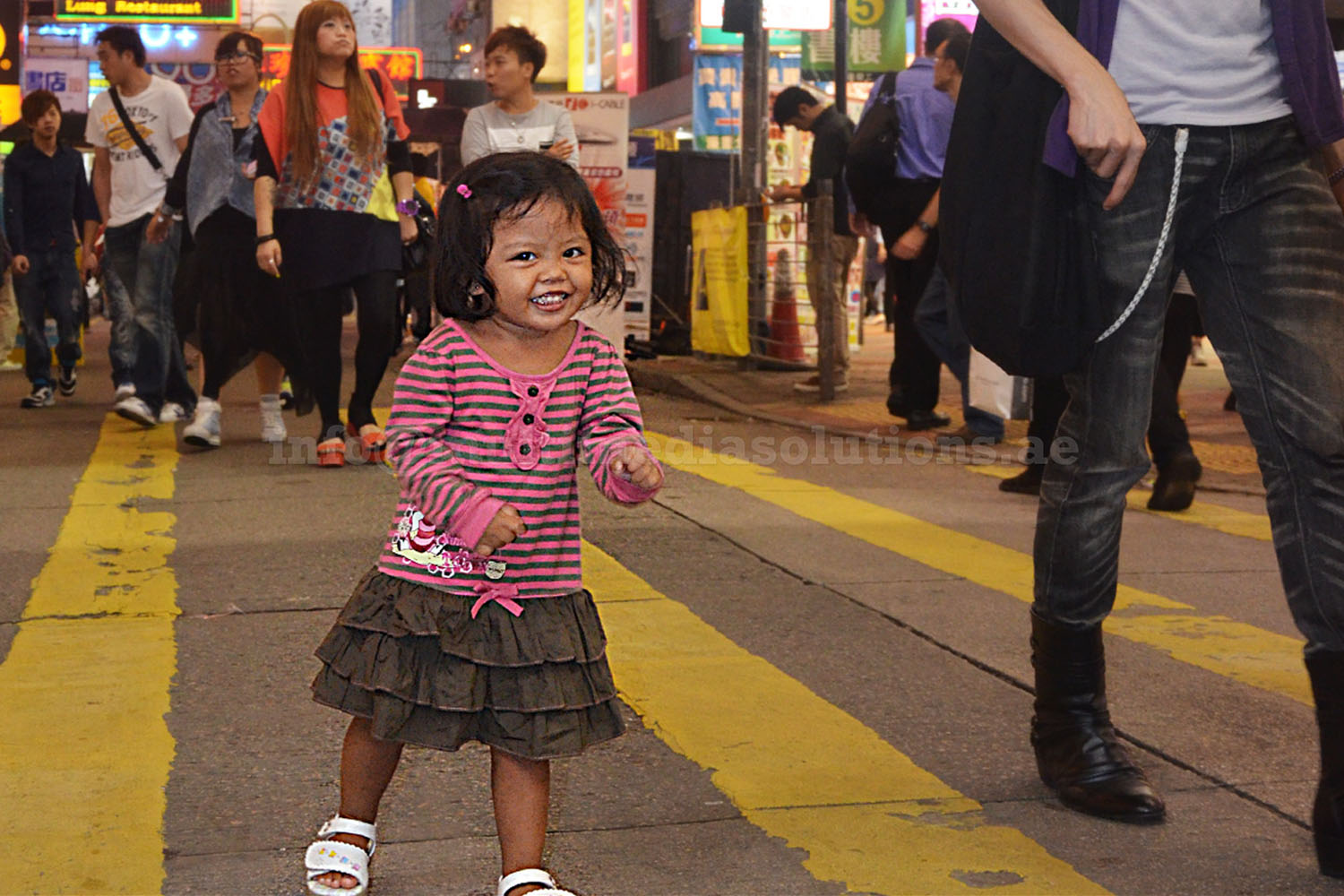
STREET